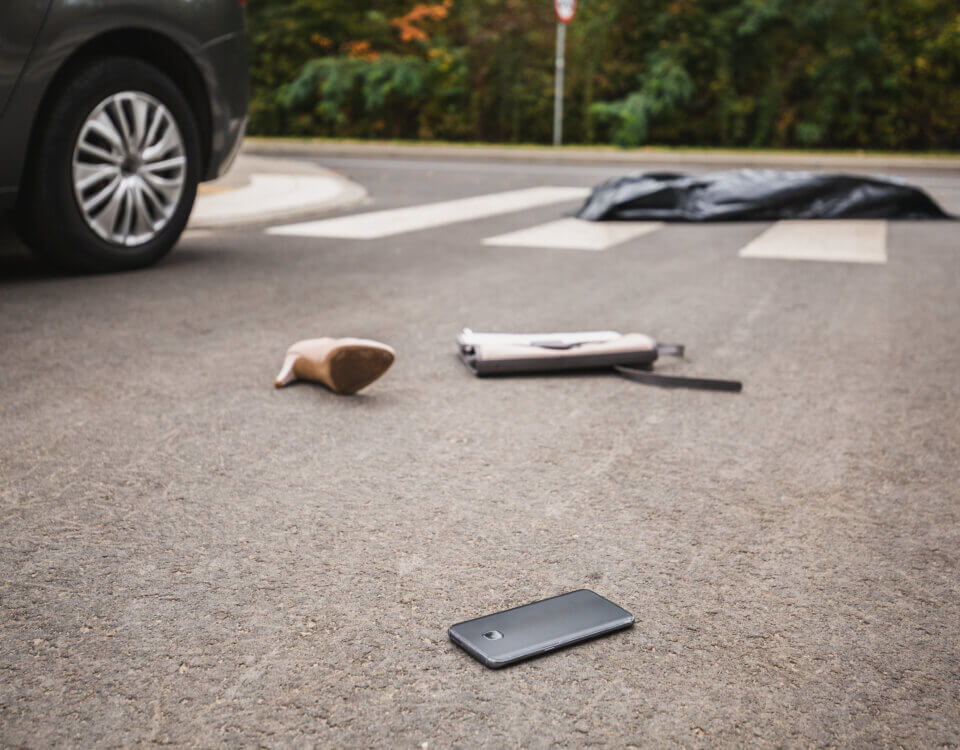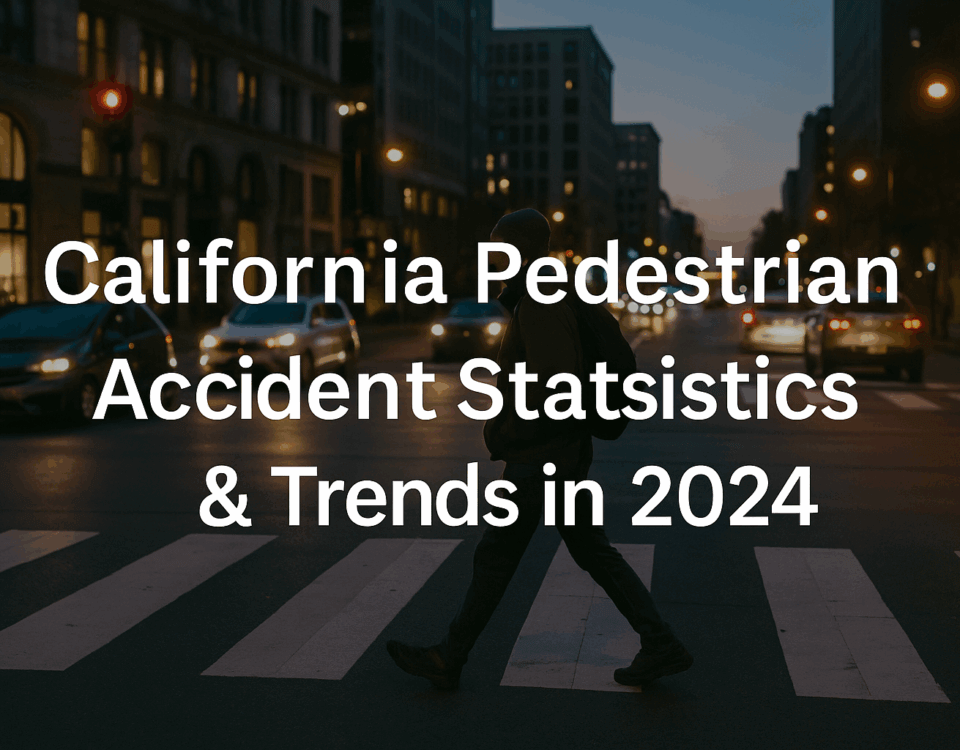Crosswalks are more than painted lines on pavement, they are critical tools for keeping pedestrians safe. In California’s busy urban and suburban areas, proper crosswalk design can significantly reduce accidents and save lives.
Why Crosswalk Design Matters
Poorly designed or outdated crosswalks can confuse drivers and pedestrians, leading to collisions. Effective crosswalk design:
- Improves visibility for both pedestrians and drivers.
- Reduces vehicle speeds near intersections.
- Guides pedestrian flow to safer crossing points.
- Supports accessibility for people with disabilities.
Effective Crosswalk Features
- High-Visibility Markings – Bold, ladder-style markings or bright colors make crossings easier to spot.
- Pedestrian Signals – Countdown timers and audible alerts help pedestrians cross safely.
- Curb Extensions (Bulb-Outs) – Shorten crossing distances and increase pedestrian visibility.
- Raised Crosswalks – Encourage vehicles to slow down by creating a speed-bump effect.
- Proper Lighting – Well-lit crosswalks improve safety during early mornings, evenings, and bad weather.
Community Action for Safer Streets
Residents can request crosswalk evaluations through their city’s transportation department or attend local meetings to advocate for upgrades. Partnering with schools, neighborhood associations, or advocacy groups can amplify these efforts.
Tips for Pedestrians and Drivers
- Pedestrians: Always make eye contact with drivers before stepping into a crosswalk.
- Drivers: Slow down near intersections and be prepared to yield, even if you don’t immediately see pedestrians.
Building Safer Communities
Improved crosswalks save lives and create walkable, vibrant neighborhoods. By working together, residents, city planners, and officials, California communities can make streets safer for everyone.
Note: These blog posts are created solely for the use of Hillstone Law. The information is gathered from internet research, publicly available sources, and artificial intelligence (AI) tools such as ChatGPT. While we aim to share helpful and educational content, Hillstone Law does not independently verify every detail. Some information may be incomplete, outdated, or subject to change without notice. If you believe any part of a post is inaccurate, misleading, or infringes upon copyright, please contact Hillstone Law immediately so we can review it and take appropriate action, including correction or removal.
Disclaimer: The material provided in these blogs is for general informational purposes only and should not be considered legal advice. Reading these posts does not create, and is not intended to create, an attorney-client relationship with Hillstone Law. Our intent is to share knowledge, raise awareness, and provide helpful resources to the public; however, Hillstone Law makes no warranties or guarantees about the accuracy, completeness, or reliability of the information provided, and expressly disclaims liability for any actions taken in reliance on it. The photos used in these posts are for illustrative purposes only and do not depict actual clients, individuals, or incidents unless expressly stated. If you or a loved one has been injured in an accident, please contact Hillstone Law at (855) 691-1691. Our attorneys are available to answer your legal questions and help you understand your rights.







